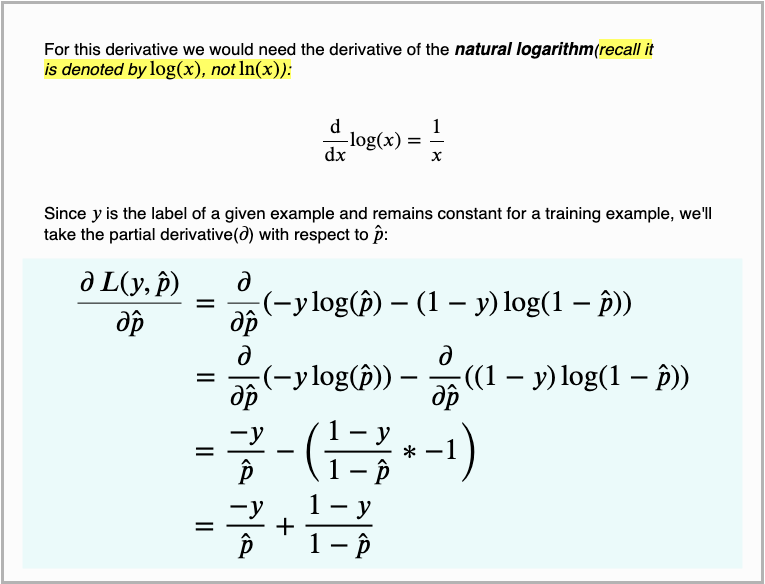


This study was approved by the Institutional Review Board (IRB) of Yonsei University Dental Hospital (No. This study aimed to develop deep learning models that automatically detect impacted mesiodens on periapical radiographs of primary and mixed dentition using three deep learning algorithms and to compare the performance of the developed models. In this study, we utilized the EfficientDet algorithm, which has rarely been used in dentistry, as well as the YOLOv3 and RetinaNet algorithms, which have widely been adopted in dental research, for automatic mesiodens detection on periapical radiographs. The EfficientDet algorithm has been used to detect lesions on medical images 17, 18, but has rarely been used in dentistry. YOLO and RetinaNet, which are deep learning algorithms with convolutional neural networks, have shown good results in detecting lesions or teeth 15, 16. A few studies have investigated tooth identification 12, 13 and dental caries 14 using periapical radiographs, but no studies have focused on detecting mesiodens.Īctive research using AI-based models is underway in numerous scientific fields in particular, research on AI detection models using the YOLO, RetinaNet, R-CNN, and SSD algorithms, among others, is advancing. In dentistry, artificial intelligence (AI) models have been introduced that use panoramic radiographs 8, 9 or cone-beam computed tomography (CBCT) 10, 11 to make automatic diagnoses.
#CROSS ENTROPY LOSS FUNCTION MANUAL#
Developing an automated mesiodens detection model that is accurate and does not require any manual processes would be helpful for dental clinicians to diagnose mesiodens at an early stage. On periapical radiographs, it is sometimes difficult to detect impacted mesiodens due to the overlap of the anterior nasal spine and permanent teeth or inadequate central ray angles (e.g., horizontal or vertical angles), and inexperienced clinicians in particular may not be able to detect mesiodens. Periapical radiography is frequently used in children for the diagnosis of delayed eruption, trauma, dental caries, and orthodontics in the maxillary anterior region. According to the American Dental Association (ADA), selected periapical radiography is a guideline ( ) 6 and dentists also prefer periapical radiography to panoramic radiography to evaluate new pediatric patients 7. But in pediatric patients, the risk of radiation-induced damage is two to three times higher than in adults 5. Panoramic radiography was widely used for screening and diagnosis in dental clinic. Periapical radiographs, occlusal radiographs, and panoramic radiographs have been used to analyze the shape and location of mesiodens and to evaluate the presence of complications 4. An accurate diagnosis of mesiodens reduces complications and the extent of surgical or orthodontic treatment by enabling the most appropriate and minimal treatment 3. Impacted mesiodens can cause delayed eruption, displacement, rotation, and root resorption of adjacent teeth, as well as crowding, diastema, and cysts in children 2. Mesiodens, which refers to a supernumerary tooth that occurs in the maxillary central incisor region, is the most common type of supernumerary tooth 1. The EfficientDet-D3 model showed the highest accuracy for detecting mesiodens on periapical radiographs. The proposed models using three deep learning algorithms to detect mesiodens on periapical radiographs showed good performance. The specificity was 100%, 96.7%, and 95.0% for the EfficientDet-D3, RetinaNet, and YOLOv3 models, respectively. The sensitivity was 100% for both the YOLOv3 and RetinaNet models and 98.3% for the EfficientDet-D3 model. The accuracy of the YOLOv3, RetinaNet, and EfficientDet-D3 models was 97.5%, 98.3%, and 99.2%, respectively. The performance of each model was evaluated based on accuracy, sensitivity, and specificity using 120 test images (60 periapical radiographs with mesiodens and 60 periapical radiographs without mesiodens). Deep learning models based on the YOLOv3, RetinaNet, and EfficientDet-D3 algorithms for detecting mesiodens were developed, and each model was trained 300 times using training (540 images) and validation datasets (60 images). Periapical radiographs of 600 pediatric patients (age range, 3–13 years) with mesiodens were used as a training and validation dataset. This study aimed to develop deep learning models that automatically detect impacted mesiodens on periapical radiographs of primary and mixed dentition using the YOLOv3, RetinaNet, and EfficientDet-D3 algorithms and to compare their performance.


 0 kommentar(er)
0 kommentar(er)
